Deck & Commander Strategies
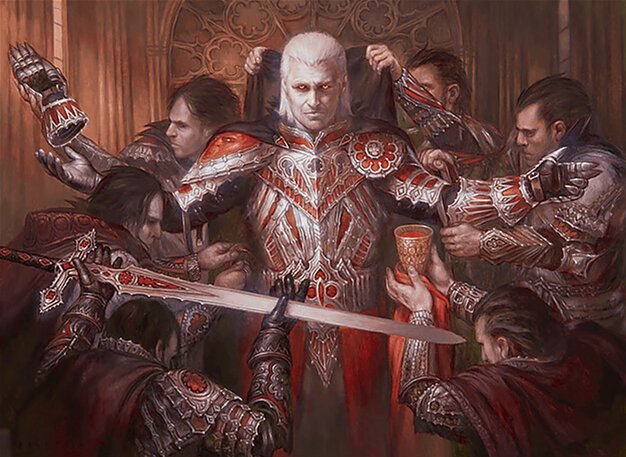
Edgar Markov
Generate vampire tokens through commander eminence and spells, then boost them with vampire lords and anthem effects to overwhelm opponents with a fast, aggressive army.
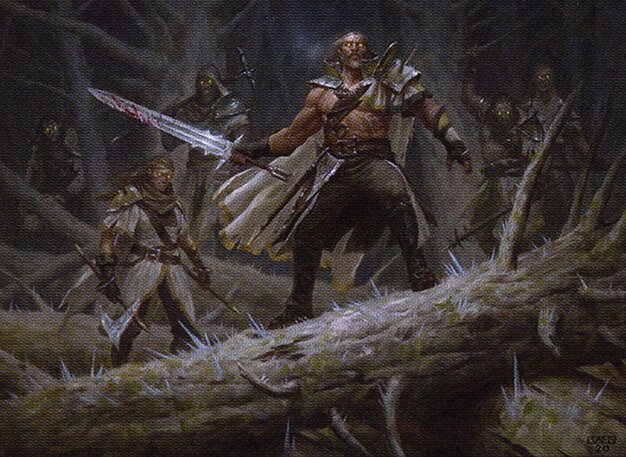
Tovolar, Dire Overlord // Tovolar, the Midnight Scourge
Utilize werewolf tribal synergies and transformations to pump creatures and generate card advantage, attacking aggressively in both human and wolf forms.

Ishkanah, Grafwidow
Employ self-mill and reanimation to fill the graveyard, trigger delirium, and create spider tokens to control the board and apply pressure with large creatures.
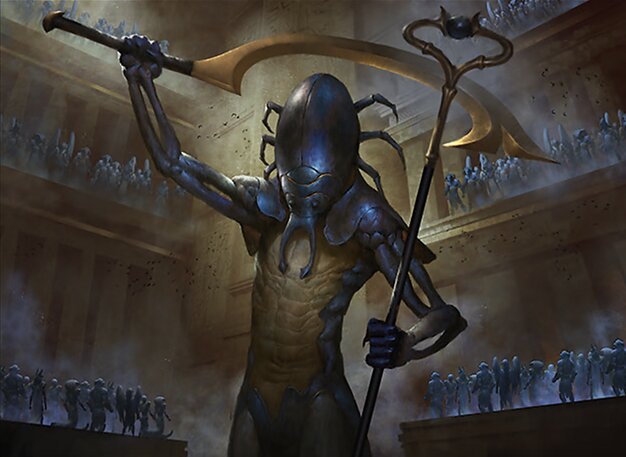
The Scarab God
Focus on producing zombie tokens and leveraging aristocrat-style synergies to punish opponents when creatures die, while controlling the board through incremental advantage.
Gameplay Insights
- 1
Edgar Markov efficiently used his commander's eminence to create tokens early, enabling aggressive board presence before opponents could stabilize.
- 2
Tovolar's transformation timing was critical, switching between human and wolf forms to maximize combat effectiveness and capitalize on pump effects.
- 3
Ishkanah's player leveraged self-mill and chord spells to trigger delirium quickly, enabling the casting of impactful creatures and generating multiple spider tokens for board control.
- 4
The Scarab God deck's use of Dreadhorde Invasion and Gleaming Overseer enhanced zombie tokens with counters and evasion, making them formidable blockers and attackers.
- 5
Rakdos Charm's graveyard exile was a pivotal disruption against Ishkanah's reanimator strategy, illustrating the importance of graveyard hate.
- 6
Players showed good table communication and sportsmanship, allowing turn rewinds to optimize plays like casting Rhythm of the Wild before Emma Wolf for additional counters.
Notable Cards
-
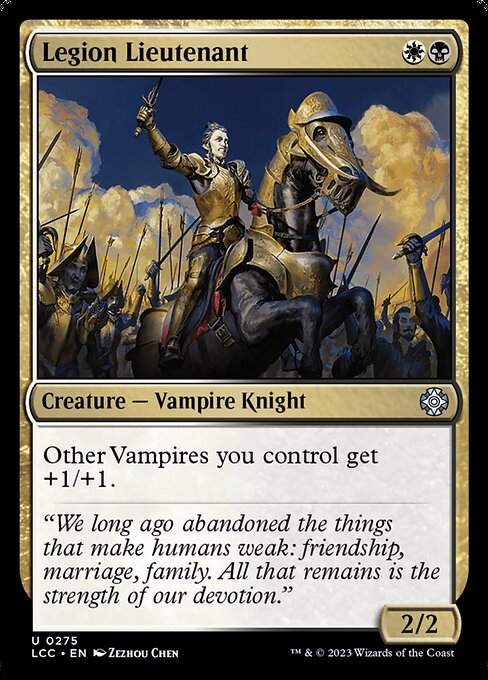
Legion Lieutenant
-
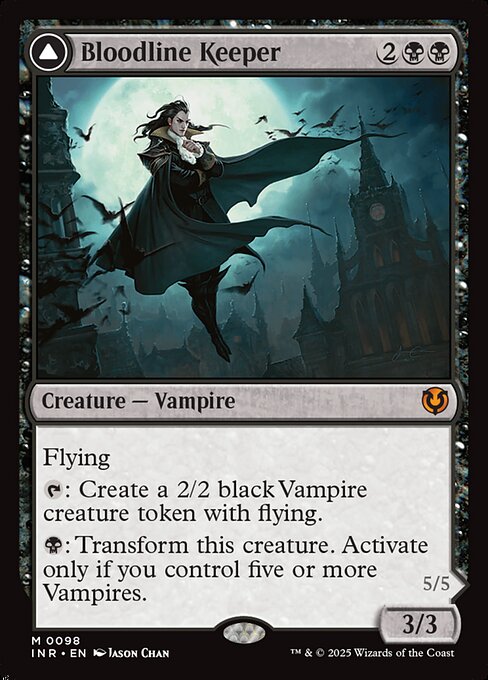
Bloodline Keeper // Lord of Lineage
-
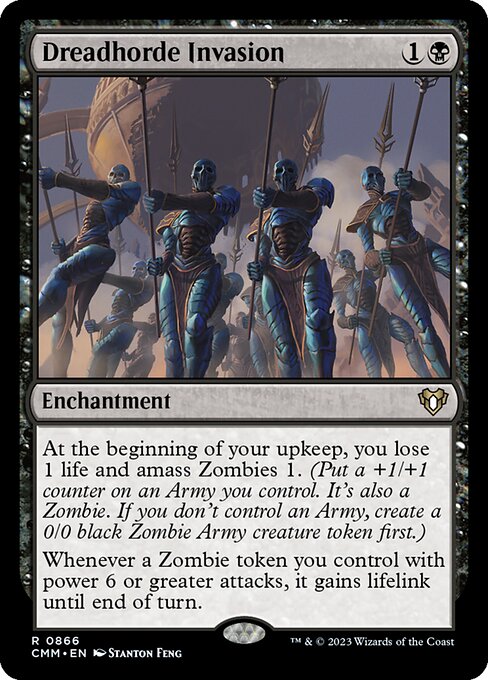
Dreadhorde Invasion
-
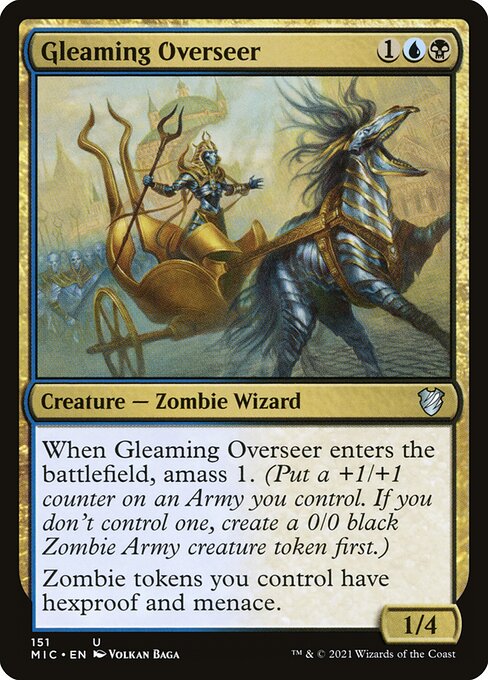
Gleaming Overseer
-
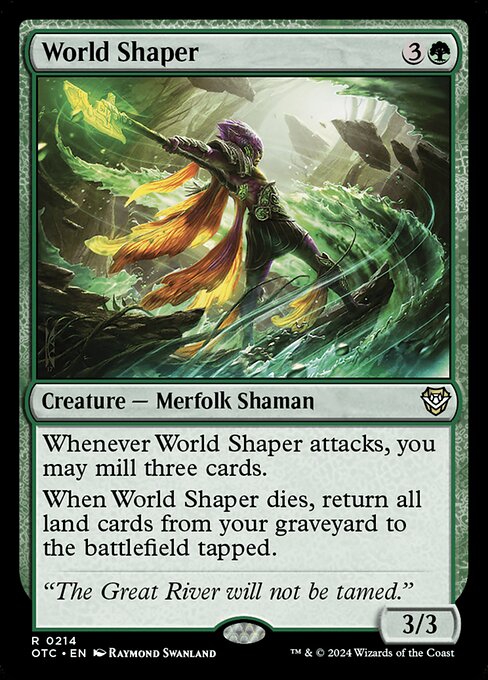
World Shaper
-

Rakdos Charm
-

Skullclamp
-

Nature's Lore
-
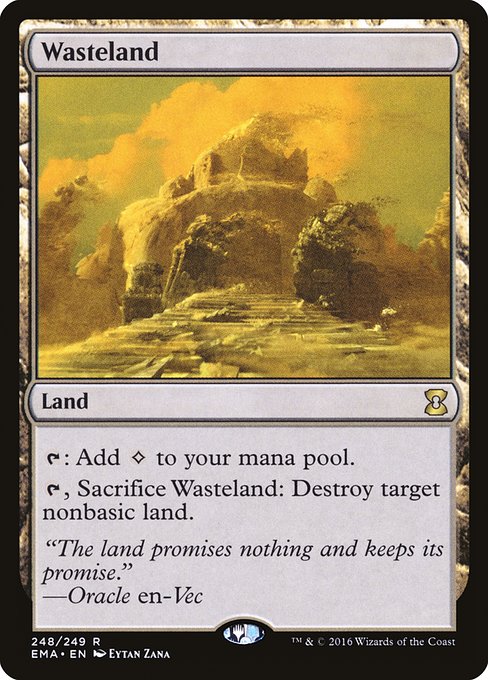
Wasteland
-
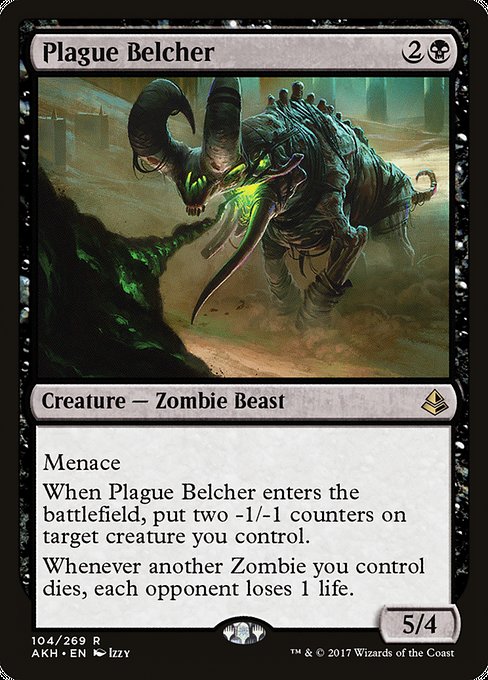
Plague Belcher
Gameplay Summary
The game featured a dynamic four-player battle with tribal themes centered around vampires, werewolves, spiders, and zombies.
Edgar Markov's vampire deck focused on building a wide board of vampire tokens powered by lords and anthem effects, enabling aggressive attacks early on.
Tovolar's werewolf deck leveraged transformations between human and wolf forms, enhancing creatures with pump spells and synergizing with wolf tribal effects.
Ishkanah's deck utilized a reanimator and self-mill strategy to enable delirium for powerful effects and generate spider tokens, eventually deploying impactful creatures like Hallgark to bolster the board.
The Scarab God deck centered on zombie token production combined with aristocrat-style synergies that punished opponents when tokens died, adding resilience and incremental advantage. Key turning points included the aggressive token generation by Edgar Markov and the transformation mechanics of Tovolar, which allowed for flexible combat strategies.
Ishkanah's use of self-mill and reanimation threatened to overwhelm the table with both board presence and value from the graveyard.
Scarab God's steady deployment of zombie tokens along with anthem effects kept pressure on opponents while maintaining a defensive posture.
Strategic removal, such as Rakdos Charm exiling a graveyard, and combat interactions involving blocking choices and transformational timing shaped the tempo and flow of the game.
The interplay of tribal synergies and the timely casting of commanders and support spells created a tense battle for board control and damage output.



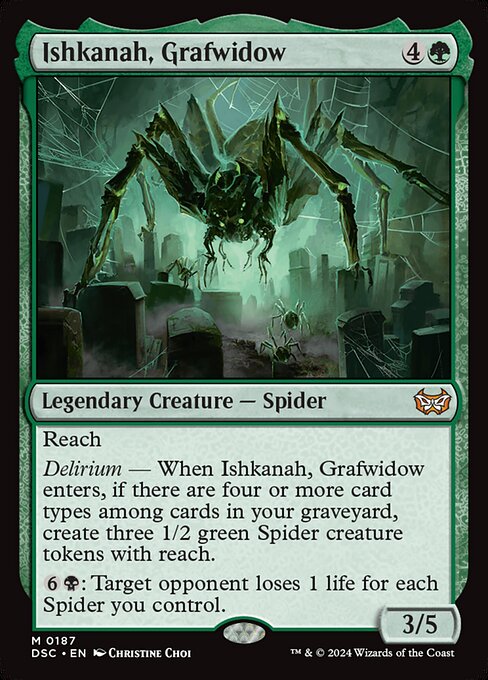























![Commander VS S16E4: Endrek Sahr VS Zegana VS Ishkanah VS Marton [EDH] thumbnail](https://i.ytimg.com/vi/Ju3QFWvBHfk/sddefault.jpg)
![Commander VS S4E3: Emrakul vs Gisa and Geralf vs Ishkanah vs Ulrich [MtG: Multiplayer] thumbnail](https://i.ytimg.com/vi/ThoExHZN_qw/sddefault.jpg)






![Aminatou vs Esika vs Ishkanah vs Zacama [EDH/Commander, Magic The Gathering Gameplay] 2021 thumbnail](https://i.ytimg.com/vi/RXiT7-ehGfs/sddefault.jpg)






